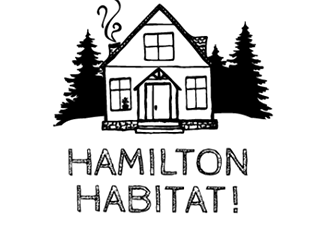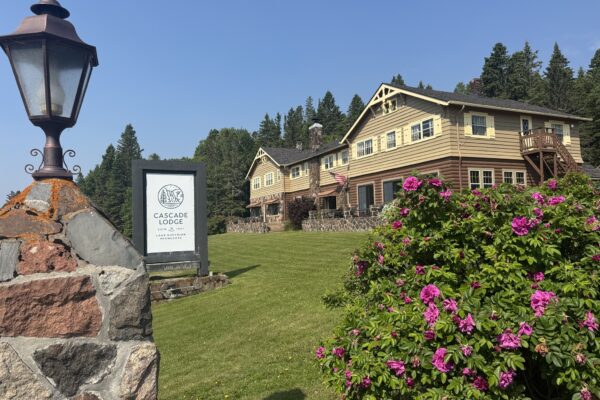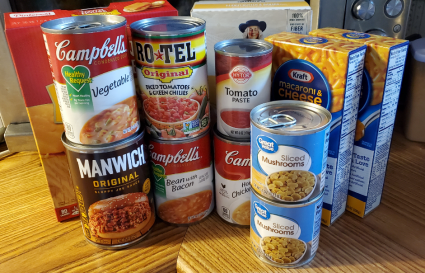Hamilton Habitat navigates utility costs, remains committed to affordability
Along with the apartment projects that have been constructed in 2025, Hamilton Habitat, a local housing organization that builds single-family homes, has also moved forward on builds of their own. Project Manager Anna Hamilton told WTIP about the organization’s recent projects, navigating utility infrastructure costs, and what their plans are for the future.
In May the group finished a pair of houses on West 2nd street. Hamilton Habitat has focused specifically on building affordable workforce housing. These two most recently completed homes were the organization’s first foray into senior housing. Hamilton said that while they plan to continue to build primarily workforce housing, they are considering what additional senior housing could look like in the future.
For workforce homes, Hamilton said it has made the most sense to build within the city of Grand Marais, taking convenience into account for people who also work in the city. She said they try to make the option to walk to work available to those who buy Hamilton Habitat houses, and consider proximity to schools when building for families.
She added, however, that while they would not want to start building too far away from resources, in the case of something like senior housing, they have thought about what building outside the city might look like. Hamilton said that maintaining easy access to healthcare facilities would be important for a senior development, but otherwise there could be more location flexibility.
With the senior houses complete, Hamilton is turning her attention back to a project that has been in process for more than a year. The pair of houses planned on the “Homestead lots,” located across the street from the Homestead Cooperative on 11th Ave W, will be workforce homes. In March, Hamilton Habitat was awarded a grant from the Iron Range Resources and Rehabilitation Board (IRRR) to help cover the cost of building utility infrastructure.
Hamilton said that even with the grant funding, her organization will likely lose money on the homes, because the total infrastructure costs will exceed the $112,000 from the IRRR. Hamilton said that when she acquired the lots, she wasn’t aware that the street did not have utility infrastructure in place. She acknowledged that as a former realtor, she “should have been aware that there was not water.”
According to Hamilton, the most vacant land in Grand Marais is on the west side of the city, however, that is also the area with gaps in sewer and water availability. She said that while city leaders have discussed addressing those gaps, those talks are in early stages and Hamilton’s project requires infrastructure imminently. While Hamilton Habitat is likely to lose money on the Homestead builds, Hamilton remains committed to providing affordable housing to working people. She said, “This town works because of the workforce people, and when they no longer have somewhere to live, this town is in trouble.”
As work on the Homestead lots moves forward, Hamilton is looking to her next projects in 2026. She has several potential projects in the works, including the group’s largest to date. If they are able to secure grant funding to help with utility infrastructure, Hamilton Habitat plans to build six homes on a parcel on the corner of the Gunflint Trail and Chreechville Road. The land previously belonged to Cook County, and Hamilton said that if she is unable to get funding for utilities, she will return it to the county.
WTIP’s Kirsten Wisniewski spoke to Hamilton Habitat Project Manager Anna Hamilton. Audio of that interview is below.














